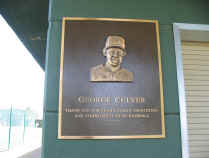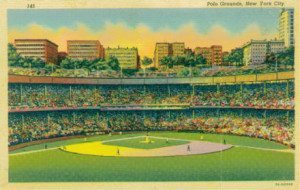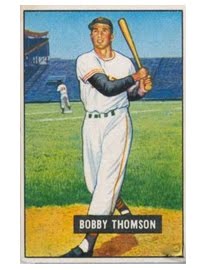I confess. I’ve never been the world’s greatest autograph collector.
I consider myself retired from the “quantity” side of the hobby.
Every request I’ve sent out in 2010 has only a letter and a self-addressed, stamped envelope. No cards to be signed. Not even a blank index card.
I’m collecting recollections.
I’m asking 2 or 3 questions of each person I contact. That’s it.
I remember a well-known retired pitcher I wrote a few years ago. He’d been out of uniform more than three decades. I asked him a question about his Christianity.
“I’ve never had a letter like yours before,” he began. “Any time someone writes me, they want me to autograph cards.”
Along with being clear in what I want, I’m trying to make a couple of points in every letter I send, including:
1. My motivation — In every letter, “Tom Owens, Baseball Fan Since 1971” is the first line of my return address. Yes, I type. Hand-written letters might seem more sincere to some. Fill your correspondence with personal content, so no one will ever suspect you have a mass-mailed, fill-in-the-blank excuse for a letter.
2. My connection — I apologize to those who I’ve never seen play. I’m honest. Most of all, I make it clear that I know their background and their era. I show that I’ve done some homework. Do an online search. Look at his or her stats. Could there be a story behind one of the dates or numbers?
3. My perspective — I end each letter the same: “My ‘career’ ended in Little League, but those baseball memories keep me warm in the winter and young year-round.” There’s no claim that I could’ve outplayed them. I’m a humble, grateful fan trying to imagine what even a day of someone’s career felt like.
(I should thank Joe Garagiola for this last tip. When I interviewed him years ago, I asked how people who knew him as a kid in St. Louis behave. He sighed. Every time I meet someone from when I grew up in St. Louis, he said, they insist that they struck me out in a sandlot game.)
Not everyone will answer questions by mail. Not everyone will sign autographs. However, no one will respond if they aren’t asked. So, swing for the fences. See what lands in your mailbox.
What do you think makes a good letter? What have you learned from the current and former players you’ve contacted?



